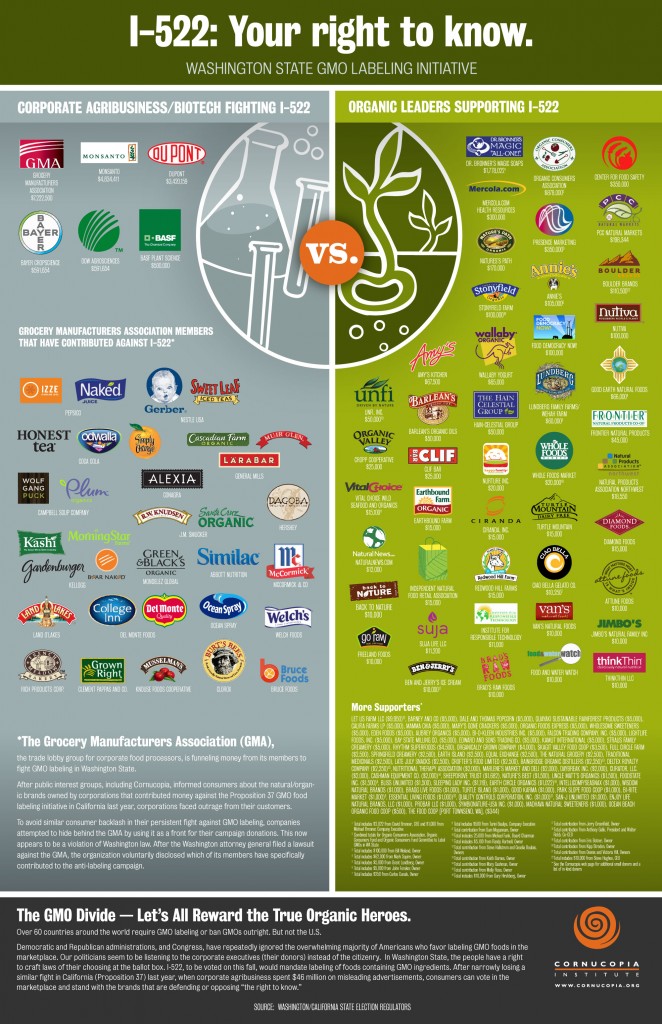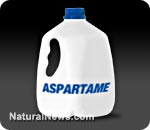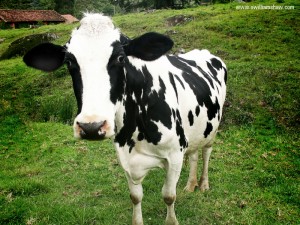Here’s another informative article on a very important issue, by Vreni at Wellness Tips…
Are you not as healthy as you might be due to the politics of food? That statement may seem ridiculous, but it might be quite true for many if you are unable to access food you consider to be healthy. And for the American readers here, your food options are about to shrink even further due to politics.
More and more people are rejecting factory farms, conventional mono-crop farming methods and GMO food and are instead seeking to contract directly with farmers that grow the organic produce and raise the pastured meat, poultry, dairy and eggs that they want .
Big Food sees this trend as a threat to their monopoly, and Governments see it as a threat to food safety.
Food is huge business. Everyone needs to eat, and the huge food companies want you to eat their food, so they are doing all the can to stop the growing interest in farm fresh, local food.
Big Food has big pockets and they are influencing governments to pass regulations that will help them thrive.
Provincial and State governments are prosecuting farmers that form food coops and herd shares in order to supply real food to people that want it, under the guise of not having a retail license, and then making it impossible for the farmers to get the license they require. (People want raw milk which the farmer provides, but the farmer is not able to get a license for raw milk for example).
Farmers that are trying to preserve biodiversity are being prosecuted for such things as keeping “feral pigs”, even though this different breed of pig are not actually wild, but are on a farm.
The Canadian Food Inspection Agency slaughtered all of Montana Jones’ very rare heritage sheep despite lab tests showing her animals did not have scrapie. Autopsies afterwards also verified that her sheep were healthy.
(In an effort to save her sheep against an unjust fate, some other farmers “sheep-napped” them which delayed the slaughter for several months, and currently the suspected sheep-napper farmers are in court for that. I know – hard to believe it is true!)
Over 97% of the population wants GMO food to be labeled, and for years Governments have done nothing about that fact, largely because of the overlap between directors of companies like Monsanto and the US Federal Government. Only now are things beginning to change at the State level.
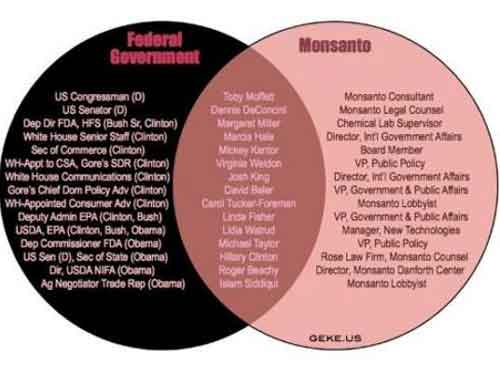
Big Food is putting millions and millions of dollars into the campaign to defeat Proposition 522 in Washington State, that would require food that contains genetically modified ingredients to be labelled. Big Food won in California by a very narrow margin, defeating that State’s effort to label GMO food.
The Big Food campaign suggests that labelling will increase the cost of food, but these same companies supply GMO labelled and GMO-free food to 64 other countries in the world so it would not be that hard for them.
If GMO food is so safe, why are those companies so afraid of letting consumers know what is in the food? Are you okay with being experimented on without your knowledge or consent?
Why is the GMO issue not being discussed regularly by the mainstream media? Why is it that only after the advent of social media that the issue of GMO food-labeling is suddenly on the radar?
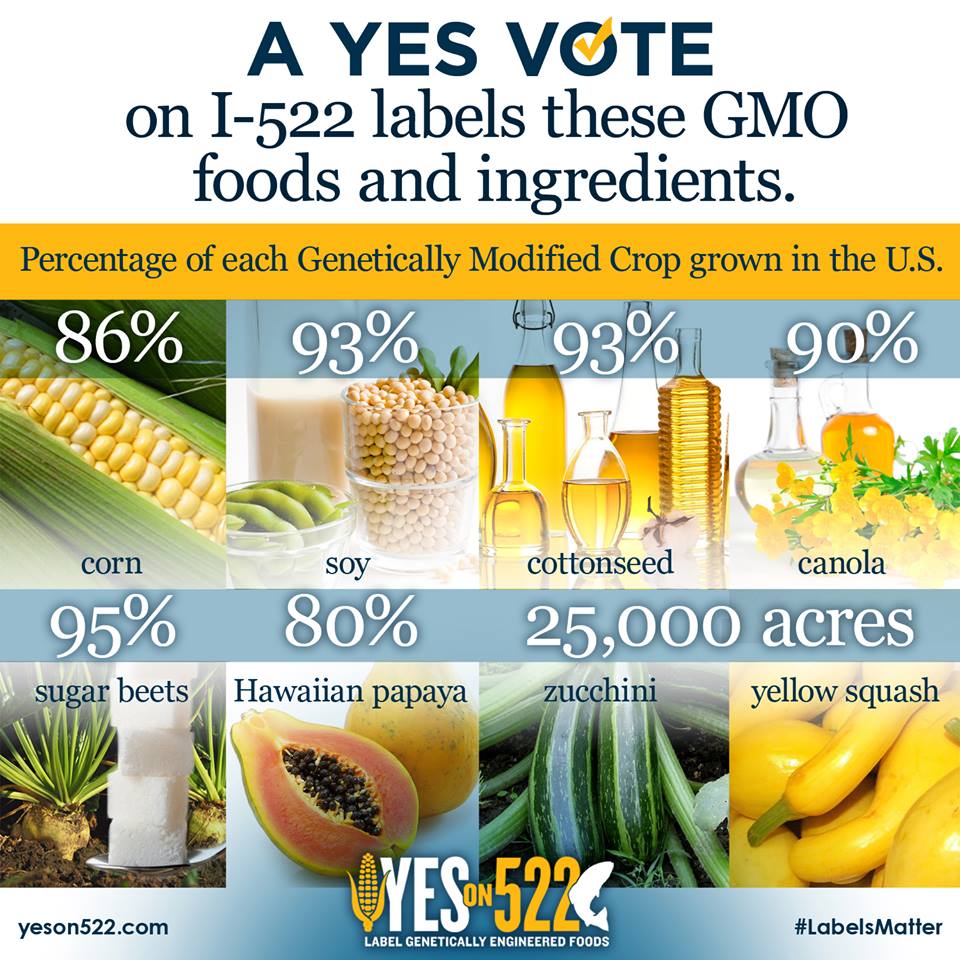 Because the companies that supply GMO food have huge budgets, and they are very willing to sue any media outlet that says anything negative.Companies like Monsanto can’t do much about social media however, so it is up to us to spread the word …
Because the companies that supply GMO food have huge budgets, and they are very willing to sue any media outlet that says anything negative.Companies like Monsanto can’t do much about social media however, so it is up to us to spread the word …
Governments are stopping people from growing food in their front yards. They are requiring permits for kids that set up lemonade stands. They are stopping people from having potluck community events.
Food Coops are being raided at gun-point by SWAT teams. It is way over the top! Rawesome Food Coop in California a few years ago is a good example. Federal agents in full army combat gear were pointing their guns at people in tank tops and flip flops running the till. They confiscated the raw milk in the fridge, and jailed the owners. And this despite the fact that raw milk is legal in California, and can be purchased in grocery stores.
Now in the US, FDA is implementing the Food Safety Modernization Act, which will probably result in many of the country’s safest farms being put out of business.
For example, in an effort to control salmonella, the new regulations will make it next to impossible for small farmers to have outdoor flocks of chickens, which research shows is far safer than indoor caged chickens. 
Funny they are trying to do this in the middle of a chicken salmonella outbreak from Foster Farms, a huge factory farm that has sickened 278 people in 18 States!
The new regulations unfortunately do nothing to address the real problem with respect to food-borne illness – sick animals living in the filth of factory farms. Check out this W5 video exposing the horrific conditions and abuse of factory farms.
Because the animals are held in such crowded, filthy conditions, antibiotics are part of the feed in the futile attempt to keep the animals healthy. The rise of antibiotic resistance that is affecting our hospitals is the direct result. Some believe we are now entering a world where antibiotics will no longer work, and people will once again regularly die of infections.
If the farms that provide the healthy food are out of business, US citizens will have no option but to eat the unhealthy stuff.
Big Agribusiness and Big Food are using the Government “food safety” regulations to control our food. There is a double standard when it comes to food safety – one for the factory farms, and another for the smaller farms trying to produce nutrient-dense food.
So, the question begs. Is this okay with you? Do you care enough about your health and wellbeing to do something to protect your health by protecting your food supply? Are you willing to help small farmers survive by going out of your way to seek their food out?
Do you shop at farmer’s markets or participate in community-supported -agriculture programs? Do you refuse to buy conventionally-raised food from big agribusiness sold at your grocery store? Are you choosing to spend your money on food now or on medicine that may or may not work later? Is buying cheap food worth the consequence?
What we choose to purchase will have a huge impact on our environment, food supply and the health that our kids and grandkids will inherit. Please choose wisely.
Copyright 2013 Vreni Gurd
Reprinted with permission
Wellness Tips

